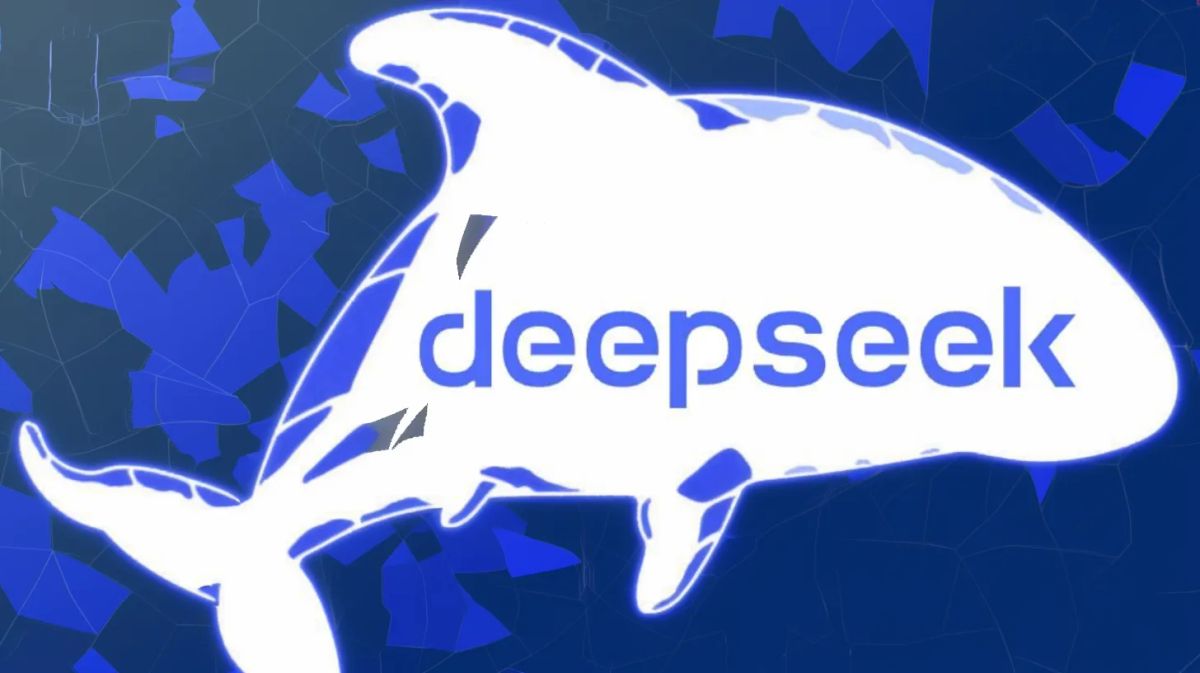In the rapidly evolving landscape of artificial intelligence, a groundbreaking development has emerged that promises to revolutionize the way machines reason and solve complex problems. DeepSeek, a leading AI research company, has unveiled its latest innovation: DeepSeek-R1, a powerful reasoning model that showcases remarkable capabilities across a wide range of tasks.
The Genesis of DeepSeek-R1
At the heart of this breakthrough lies an innovative approach to model training. Unlike traditional methods that rely heavily on supervised fine-tuning, DeepSeek's researchers took a bold step by applying large-scale reinforcement learning (RL) directly to their base model. This novel technique, which eschews the need for extensive supervised data, has yielded two impressive models:
- DeepSeek-R1-Zero: A model trained purely through reinforcement learning, demonstrating the potential for AI to develop reasoning skills without human-guided examples.
- DeepSeek-R1: An enhanced version that incorporates a small amount of "cold-start" data and a multi-stage training pipeline, addressing the challenges faced by its predecessor while further improving performance.
Unveiling DeepSeek-R1-Zero: A Pure RL Approach
The journey began with DeepSeek-R1-Zero, a model that emerged from applying reinforcement learning directly to the base model, DeepSeek-V3-Base. This approach allowed the AI to explore and develop chain-of-thought (CoT) reasoning for solving complex problems organically.
Key Features of DeepSeek-R1-Zero:
- Self-Verification: The model learned to double-check its own work.
- Reflection: It developed the ability to analyze its own thought processes.
- Long Chain-of-Thought: The AI could generate extended reasoning paths to tackle intricate problems.
Impressive Performance:
DeepSeek-R1-Zero showed remarkable improvement in reasoning tasks. For instance, its performance on the AIME 2024 mathematics test skyrocketed from a 15.6% pass rate to an astounding 71.0%. With majority voting, this score further improved to 86.7%, matching the performance of OpenAI's o1-0912 model.
The Evolution to DeepSeek-R1
While DeepSeek-R1-Zero demonstrated incredible potential, it faced challenges such as poor readability and language mixing. To address these issues and further enhance reasoning capabilities, the researchers developed DeepSeek-R1.
The Multi-Stage Training Pipeline:
- Cold Start: A small dataset of high-quality examples was used to fine-tune the base model.
- Reasoning-Oriented RL: Similar to DeepSeek-R1-Zero, reinforcement learning was applied to improve reasoning skills.
- Rejection Sampling and SFT: New supervised data was created through rejection sampling on the RL checkpoint, combined with data from various domains.
- Final RL Stage: A final round of reinforcement learning was conducted, considering prompts from all scenarios.
Benchmarking DeepSeek-R1's Capabilities
The resulting model, DeepSeek-R1, has shown exceptional performance across a wide range of benchmarks:
Reasoning Tasks:
- AIME 2024: 79.8% Pass@1, slightly surpassing OpenAI-o1-1217.
- MATH-500: An impressive 97.3% score, on par with OpenAI-o1-1217.
- Codeforces: Achieved a 2,029 Elo rating, outperforming 96.3% of human participants.
Knowledge Benchmarks:
- MMLU: 90.8%
- MMLU-Pro: 84.0%
- GPQA Diamond: 71.5%
These scores represent significant improvements over DeepSeek-V3 and are competitive with or surpass other closed-source models.
Distilling Knowledge to Smaller Models
One of the most exciting aspects of DeepSeek's research is the successful distillation of reasoning capabilities from DeepSeek-R1 to smaller, dense models. This breakthrough demonstrates that the complex reasoning patterns discovered by larger models can be effectively transferred to more compact architectures.
Notable Achievements:
- DeepSeek-R1-Distill-Qwen-7B: Achieved 55.5% on AIME 2024, surpassing the much larger QwQ-32B-Preview model.
- DeepSeek-R1-Distill-Qwen-32B: Scored 72.6% on AIME 2024, 94.3% on MATH-500, and 57.2% on LiveCodeBench, rivaling OpenAI's o1-mini.
Implications for the AI Community
The development of DeepSeek-R1 and its distilled variants represents a significant milestone in AI research. By demonstrating that powerful reasoning capabilities can be induced through reinforcement learning and subsequently distilled into smaller models, DeepSeek has opened new avenues for creating more efficient and capable AI systems.
The open-sourcing of DeepSeek-R1 and its distilled models (ranging from 1.5B to 70B parameters) based on the Qwen2.5 and Llama3 series provides the research community with valuable resources to further advance the field of AI reasoning.
As we look to the future, the techniques pioneered by DeepSeek promise to accelerate the development of AI systems that can tackle increasingly complex problems across various domains, from mathematics and coding to scientific reasoning and beyond.
The journey of DeepSeek-R1 from a pure reinforcement learning experiment to a state-of-the-art reasoning model showcases the rapid pace of innovation in AI. As researchers continue to build upon these foundations, we can anticipate even more remarkable advancements in machine reasoning and problem-solving capabilities in the years to come.
